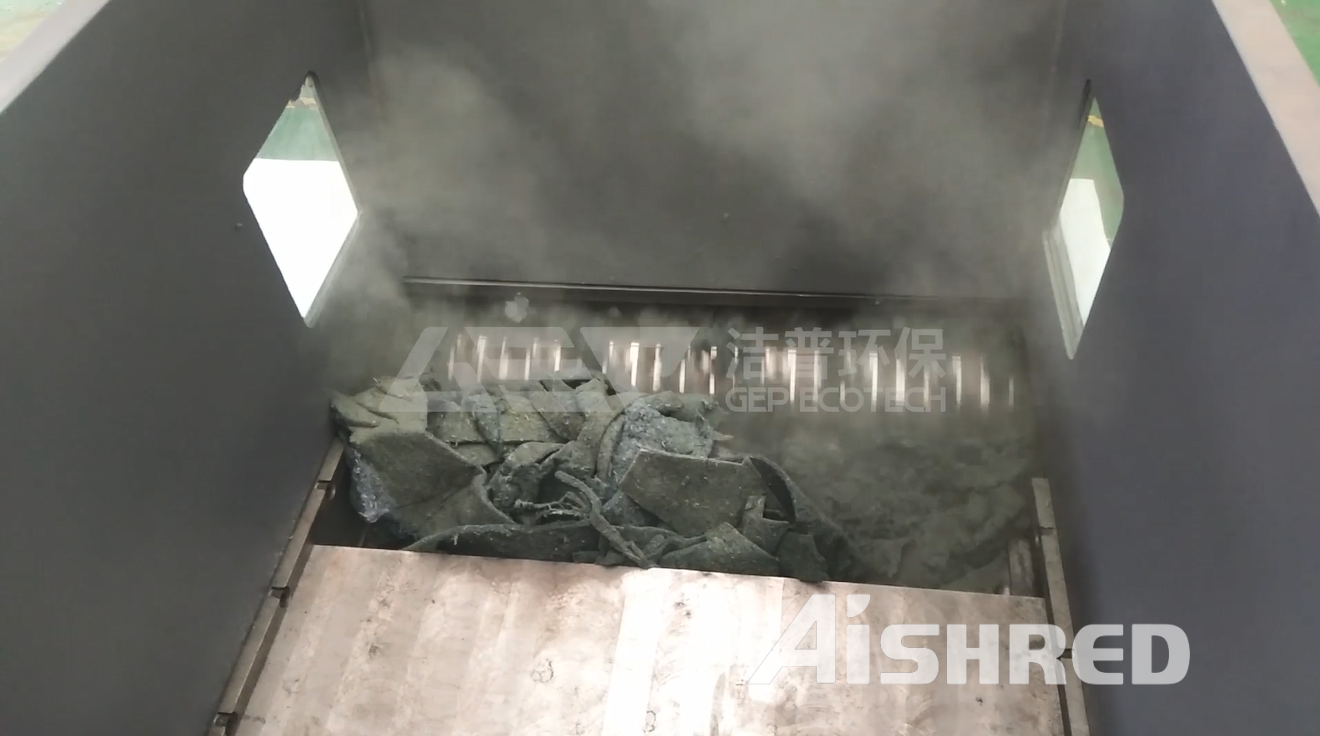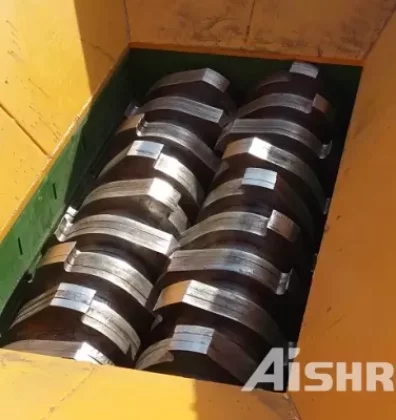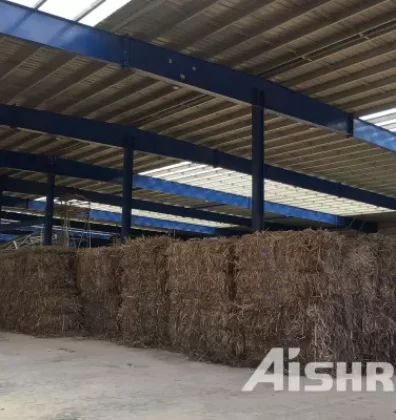Textile waste management is a pressing issue in today's society due to the increasing consumption and disposal of fabrics. Single-shaft shredders have emerged as a viable solution for efficiently processing textile waste. In this article, we will explore the optimization of using a single-shaft shredder in textile waste management, considering its benefits, operating parameters, and potential challenges.

1.Benefits of Single-Shaft Shredder
1.1 Increased Efficiency: The single-shaft shredder offers high-speed processing capabilities, effectively reducing textile waste into smaller fragments.
1.2 Versatility: It can handle various types of textile waste, including woven fabrics, non-woven textiles, and garments.
Resource Recovery: Shredding textiles can facilitate the extraction of valuable materials, such as fibers, that can be recycled and reused.
1.3 Space and Energy Saving: Single-shaft shredders are compact, requiring minimal space, and they operate with low energy consumption compared to alternative textile waste processing techniques.
2.Optimizing Operating Parameters
To maximize the performance of a single-shaft shredder in handling textile waste, certain operating parameters should be considered:
2.1 Shredder Speed: Adjusting the shredder’s rotation speed can optimize the shredding process, balancing efficiency and throughput.
2.2 Cutting Blades: Selecting appropriate blade types, such as hook or square blades, and maintaining sharpness ensures efficient cutting and reduces energy consumption.
2.3 Feed Rate: Controlling the feeding rate of textile waste into the shredder aids in preventing overloading and optimizing the shredding efficiency.
2.4 Screen Size: The size of the screen or sieve used in the shredder can determine the final particle size of the shredded material, allowing for customization based on specific requirements.
3. Overcoming Challenges
3.1 Contamination: Textile waste often contains contaminants, such as buttons, zippers, or metal parts. Implementing pre-shredding sorting processes or incorporating separation mechanisms within the shredder can help minimize the impact of such contaminants.
3.2 Fiber Integrity: The shredding process may affect the quality of the extracted fibers. Therefore, optimization techniques should be employed to preserve the integrity of fibers for potential recycling or repurposing.
3.3 Maintenance: Regular maintenance and monitoring of the shredder, including blade sharpening/replacement and clearing of any blockages, are essential for consistent performance and longevity.
Conclusion:
The optimization of a single-shaft shredder in processing textile waste provides an efficient solution for sustainable waste management. By fine-tuning operating parameters and addressing potential challenges, such as contamination and fiber integrity, this technology can contribute to resource recovery and reduced environmental impact. Implementing effective textile waste shredding practices is crucial for a circular economy and a greener future.



